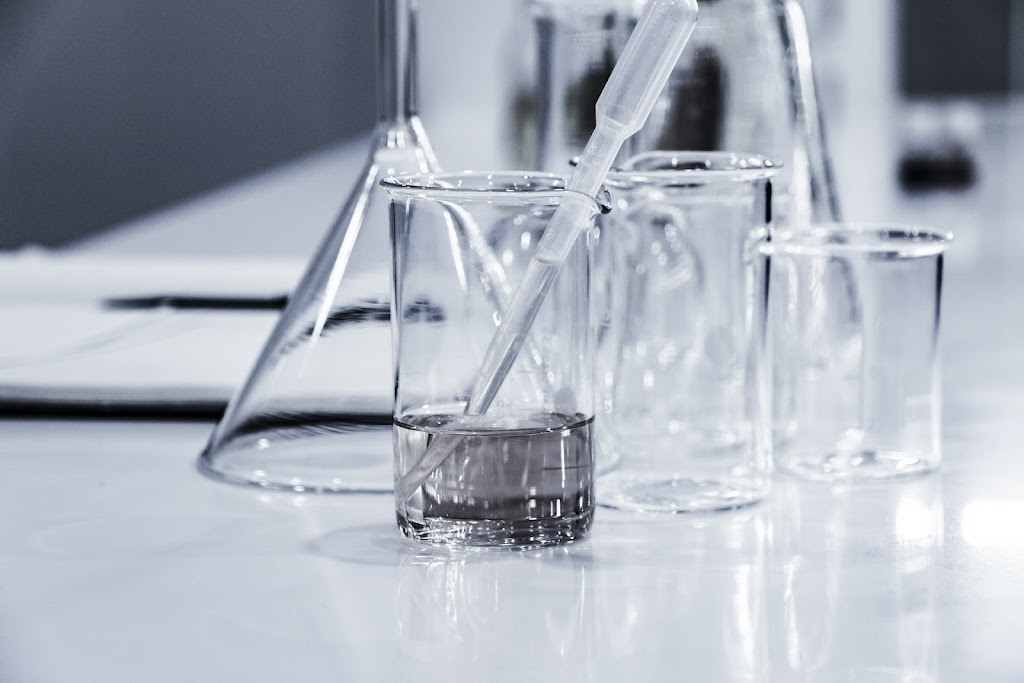The Human Fertilisation and Embryology Authority (HFEA) recently confirmed that UK fertility clinics are now permitted to offer a unique form of in vitro fertilisation (IVF) known as “three-parent IVF” or mitochondrial donation. This development marks a significant milestone in the field of reproductive medicine and could provide new hope for couples struggling with certain mitochondrial genetic disorders.
(Image credit : hans reniers /unsplash )
Three parent IVF
The term “three-parent” is somewhat misleading. Mitochondrial donation, as it is more accurately known, does not involve the creation of a child with three genetic parents. Instead, it replaces a small amount of faulty mitochondrial DNA in the mother’s egg with healthy mitochondrial DNA from a donor.
Mitochondria are the energy-producing organelles found in all human cells. They have their own small amount of DNA, known as mitochondrial DNA. Offsprings inherit mitochondrial DNA from the mother. When the offspring inherits faulty mitochondrial DNA, it can lead to a range of serious health problems, including muscle weakness, diabetes, and heart disease. In some cases, these conditions can be life-threatening or cause severe disability.
Mitochondrial mutations are relatively rare compared to other genetic disorders, but they can still have significant impacts on individuals and their families. The prevalence of mitochondrial mutations varies depending on the specific mutation and population studied. It is estimated that mitochondrial diseases affect approximately 1 in 5,000 to 1 in 10,000 individuals globally. Though the incidence rate seems low, the mitochondrial diseases can lead to life-threatening conditions.
Mitochondrial mutations can arise spontaneously or be inherited from affected parents. It is estimated that several thousand infants are born each year with mitochondrial diseases. Research and advances in genetic testing have contributed to improved detection and understanding of these mutations, enabling better diagnosis and potential treatment options for affected individuals.
In three-parent IVF, the nucleus of an egg from the mother is transferred to a donor egg that has had its nucleus removed. This process results in an egg with nuclear DNA from the mother and healthy mitochondrial DNA from the donor. The new egg is then fertilised with the father’s sperm using IVF techniques and implanted in the mother’s womb.
In traditional IVF, the egg and sperm are combined in a laboratory dish, and the resulting embryo is implanted in the mother’s womb.
It’s important to note that mitochondrial donation is only permitted under strict conditions, and it is currently only available for women who carry certain mitochondrial genetic mutations. The United Kingdom was the first country to legalise Mitochondrial Replacement Therapy (MRT) in 2015, followed by a few others such as the United States, Sweden, and Spain. In these countries, MRT is typically limited to cases where the risk of passing on a severe mitochondrial disease is high and no other viable treatment options are available.
It is important to note that the use of MRT is still relatively uncommon worldwide due to the complex ethical and safety considerations involved. Additionally, the availability and accessibility of MRT may vary depending on factors such as healthcare infrastructure, technological advancements, and cultural attitudes towards reproductive technologies in different countries.
Challenges to MRT
The process is not without controversy, with some critics arguing that it is unethical to create embryos with genetic material from multiple individuals.
MRT faces several ethical and social issues. One of the primary concerns is the potential for germline modification, as MRT alters the genetic material that can be passed down to future generations. This raises questions about the long-term implications and potential unintended consequences of manipulating the germline.
Another ethical consideration is the concept of “designer babies” and the potential for MRT to be used not just for preventing mitochondrial diseases but for enhancing certain traits or selecting specific characteristics. The ethical boundaries and societal impact of such applications need careful consideration to ensure responsible use of the technology.
Additionally, MRT raises social equity issues as it may be limited to those who can afford the treatment, potentially exacerbating existing health disparities. Access to and affordability of MRT can contribute to unequal opportunities for individuals affected by mitochondrial diseases. It highlights the importance of the fair and equitable distribution of medical advancements.
However, supporters of mitochondrial donation argue that it offers a lifeline to families affected by devastating mitochondrial diseases. It is a relatively new technology, and long-term studies are still needed to fully understand its safety and efficacy.
Mitochondrial Replacement Therapy (MRT) and its importance
(Image credit : Fe ngo / unsplash)
Mitochondrial Replacement Therapy (MRT) is an advanced reproductive technology that has been developed to help families who are at high risk of passing on genetic conditions that affect the mitochondria.
MRT is not a cure for mitochondrial diseases, but it can prevent them from being passed onto future generations.
MRT is typically recommended for families with a history of mitochondrial disease, or in cases where a woman is known to carry mtDNA mutations that could cause mitochondrial disease in her children. It is not recommended for couples who have fertility problems or for people who want to use MRT to select traits of their future child.
In conclusion, MRT is a cutting-edge reproductive technology that offers hope to families who are affected by mitochondrial genetic diseases. The HFEA’s decision to allow fertility clinics to offer MRT is boon for couples at risk of passing on serious mitochondrial genetic disorders.It has the potential to prevent the transmission of mitochondrial diseases from mother to child, but it is important to know and assess the associated risks before considering it as an option.




